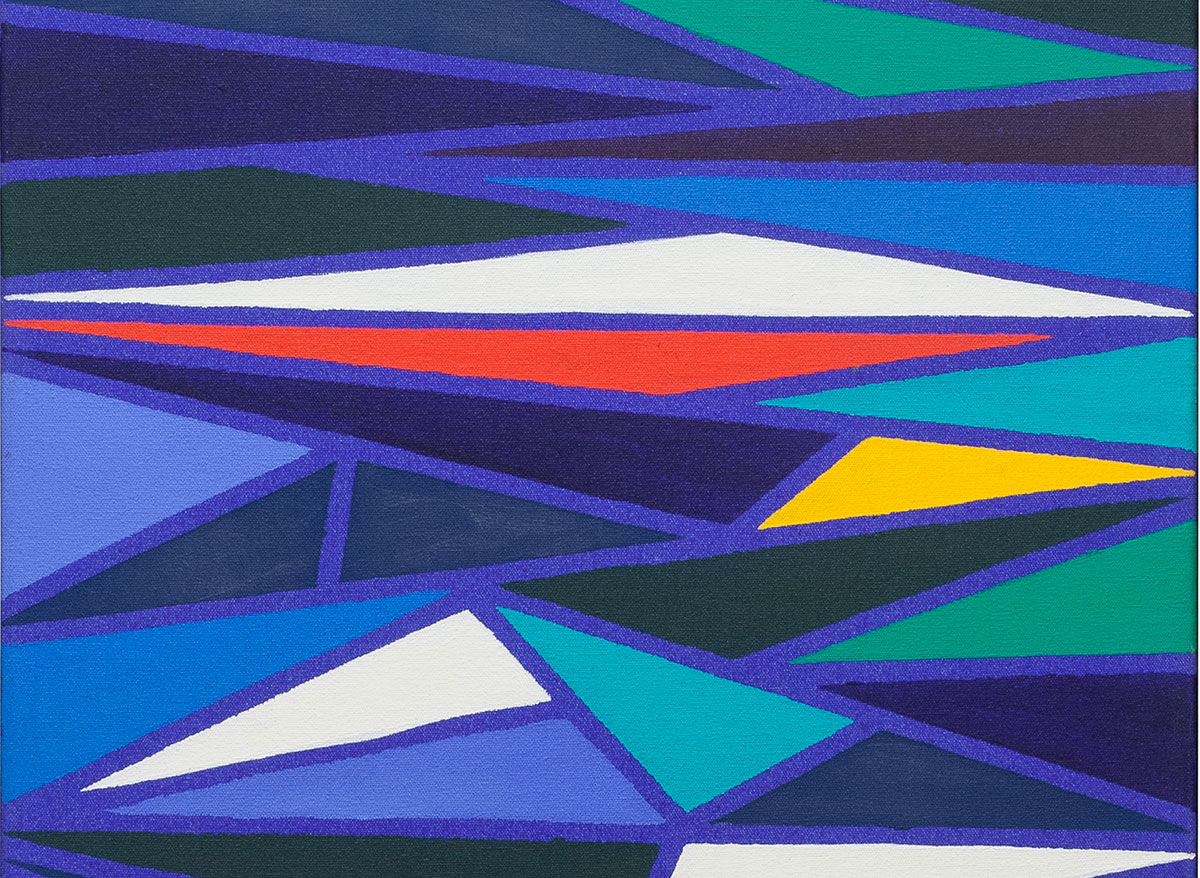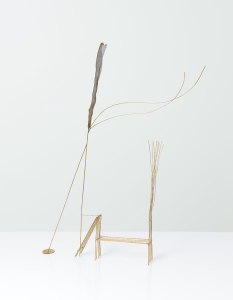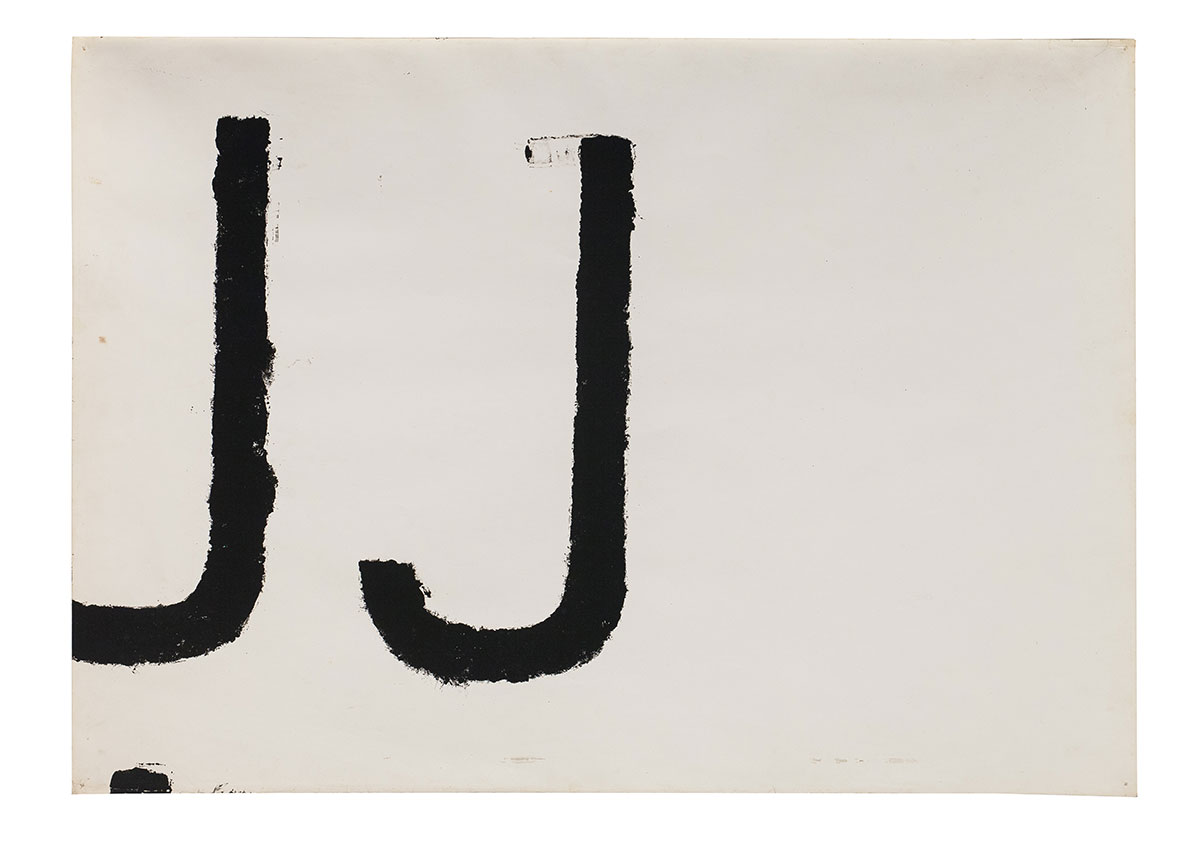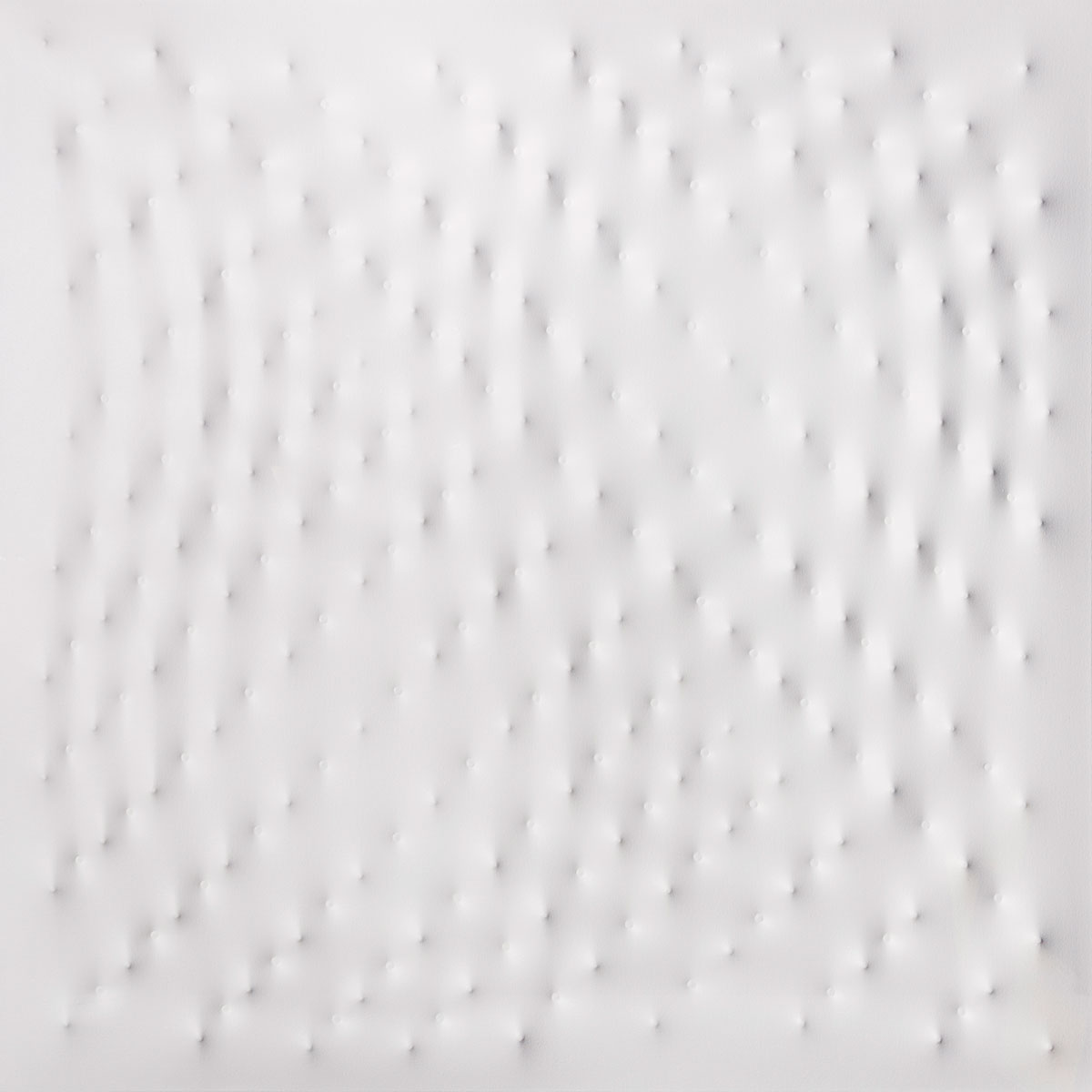ART-PRESENTATION: Post-War Italian Art Tales
 Today, Italian postwar art that is considered a crucial art historical moment, bursting with distinct artists as well as radical groups and trends. Starting out from the revolutionary artistic experiences which marked the second half of the XX century, the exhibition “Post-War Italian Art Tales “ highlights the fundamental role of Italian art in the international panorama from the later post-war period up until the present day.
Today, Italian postwar art that is considered a crucial art historical moment, bursting with distinct artists as well as radical groups and trends. Starting out from the revolutionary artistic experiences which marked the second half of the XX century, the exhibition “Post-War Italian Art Tales “ highlights the fundamental role of Italian art in the international panorama from the later post-war period up until the present day.
By Efi Michalarou
Photo: Mazzoleni Archive

From 1950 to 1970 per capita income in Italy grew more rapidly than in any other European country. By 1970 Italian per capita income, which in 1945 had lagged far behind that of the northern European countries, had reached 60 per cent of that in France and 82 per cent of that in Britain. The rising left-wing movement and enormous social unrest began to manifest the underside of this prosperity in the late 1960s. The period culminated in 1968, as well as revolts by jobless farm workers, occupations of universities by students, and social conflict in northern factories. The autunno Hot Autumn of 1969 witnessed the occupation of the Fiat factory in Turin. The 1970s, later characterized as the Years of Lead, were marked by numerous terrorist attacks, ranging from bombings to shootings, including the bombing in Piazza Fontana in Milan on 12/12/1969. By the mid-1970s, the political landscape had changed, and with it the conditions of artistic production. The issues directly engage with the art and the artistic experiences produced during these turbulent times, in how artists and the artworks they created responded to, or avoided engagement with, these sweeping economic, political, and social changes. The exhibition “Post-War Italian Art Tales” is developed by taking on the form of storytelling: the works are narrated by way of a quote on the part of curators, art historians and critics whose descriptions embrace the stylistic research and creative methodology of the artists, offering the viewer with both suggestions and cues for understanding and placing the specific approach of the artist as part of the cultural scene between the past and the present. “Post-War Italian Art Tales” opens with the sign gestuality of the black letters on a white ground by Jannis Kounellis, a graphic style with its iconic traits, and continues with the work by Michelangelo Pistoletto who substitutes the pictorial support with ‘mirroring surfaces’. A space which the sculpture itself creates with its ‘fulls’ and ’empties’ in Nunzio’s burnt wood, achieved with an archaic technique which emphasises its primordial force. In the gallery’s second room the “tagli bianchi” by Lucio Fontana and a “cretto nero” by Alberto Burri pay homage to the two indisputable precursors of the opening of the surface to the three-dimensional space, respectively declined in spatial and matteric forms. Piero Manzoni created white works, better known as “Achromes”, totally removing color. Enrico Castellani’s “estroflessioni” ” are an equilibrium between equal and opposed forces which modulate the surface, perceptible to the eye due to the alternation of light and shade. In the red work Agostino Bonalumi, on the other hand, the two-dimensional nature of the canvas is articulated in three-dimensional reliefs with free geometrical configurations that give life to the “painting-object”. The sculpture by Fausto Melotti becomes weightless by way of its filiform and fragile structures, ‘drawing’ space and creating an harmonious and equilibrated composition. In the third and last room the expressive dimension of the painting by Piero Dorazio and Cafla Accardi is in dialogue with the movement of the reflecting and modular surfaces of a splendid example of the “cerchi virtuali” series by Getulio Alviani.
Texts by: Luciano Anceschi, Umbro Apollonio, Renato Barilli, Giuliano Briganti, Germano Celant, Bruno Corà, Gillo Dorfles, Gabriella Drudi, Tommaso Trini and Adachiara Zevi.
Works by: Carla Accardi, Getulio Alviani, Agostino Bonalumi, Alberto Burri, Enrico Castellani, Piero Dorazio, Lucio Fontana, Piero Manzoni, Fausto Melotti, Michelangelo Pistoletto, Jannis Kounellis and Nunzio.\
Photo: Piero Dorazio, Scaletta (detail), 1973, Oil on canvas, Signed, dated and titled (on the reverse): “Piero Dorazio / 1973 / Scaletta”, 39 3/8 x 19 3/4 x 1 5/8 in / 100 x 50 x 4 cm, Courtesy Mazzoleni
Info: Mazzoleni, 27 Albemarle Street, London, Duration: 12/4-6/6/2021, Days & Hours: Mon-Fri 10:00-18:00, Sat 11:00-17:00, https://mazzoleniart.com


